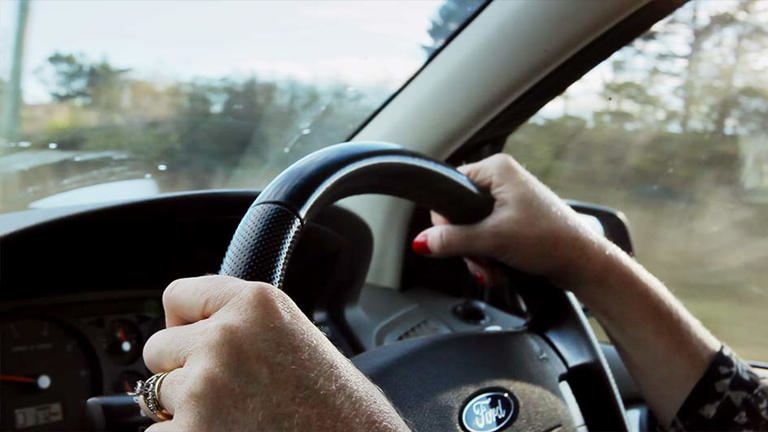Modern vehicles have a range of standard safety features that most of us take for granted. These systems and devices work behind the scenes to reduce our chances of being involved in an accident and to protect us from harm if we are.
Indicators
You wouldn’t normally think of these as safety features, but when you consider what driving was like without them, you realise just how important they are. Vehicles in early years had no indicators at all and the driver was required to put their arm out the window to indicate the direction they were turning (right arm straight out for a right turn and right arm bent at 90 degrees for a left turn). Modern vehicles, on the other hand, have large, brightly illuminated indicators, often in several different positions, to make it clearly apparent which direction you are going in.
Seat belts
Seat belts were not offered in vehicles until the 1950’s, despite being invented in 1849. The first seat belts were merely lap belts that clipped around your waist and, while offering some restraint in an accident, were far from ideal. Today all vehicles are fitted with seat belts and are required by law to be worn, although the law varies from state to state in the USA.
Modern seat belts offer far more protection from injury due to forward momentum in an accident. They now include features such as elastic webbing, which elongates during a crash, pretensioners, which remove slack from the belt before a crash and active control retractors, which tighten the belt before a crash and release it afterwards.
Crumple zones
These were unheard of in early vehicles and impractical given that most older cars were made largely out of steel. Modern vehicles are made from much lighter alloys, so crumple zones are necessary to protect the occupants from severe impacts.
Crumple zones allow the front and rear sections of the vehicle to crumple in a controlled manner during a collision, so that the interior of the car decelerates more slowly, meaning less force is passed onto the occupants.
Air bags
While older vehicles were more sturdily constructed and generally travelled more slowly, the results of a high speed collision were still often fatal, so the invention of airbags was a turning point in vehicle safety. Studies have shown that combination airbags can reduce the likelihood of injury in an accident by more than 50%.
While airbags are now standard in most modern vehicles, they are not mandatory and are viewed by road safety authorities more as an adjunct to seat belts, offering an extra level of protection. There are many types of airbags now in use, including driver, front passenger, side, knee, curtain and combination airbags.
There are numerous other safety features deployed in modern vehicles, including ABS brakes, electronic stability control and a host of onboard features such as lane departure, blind spot and forward collision warning devices. While these are not yet standard in all new vehicles, the list of safety features we now consider essential has come a long way from the early days of motoring.



